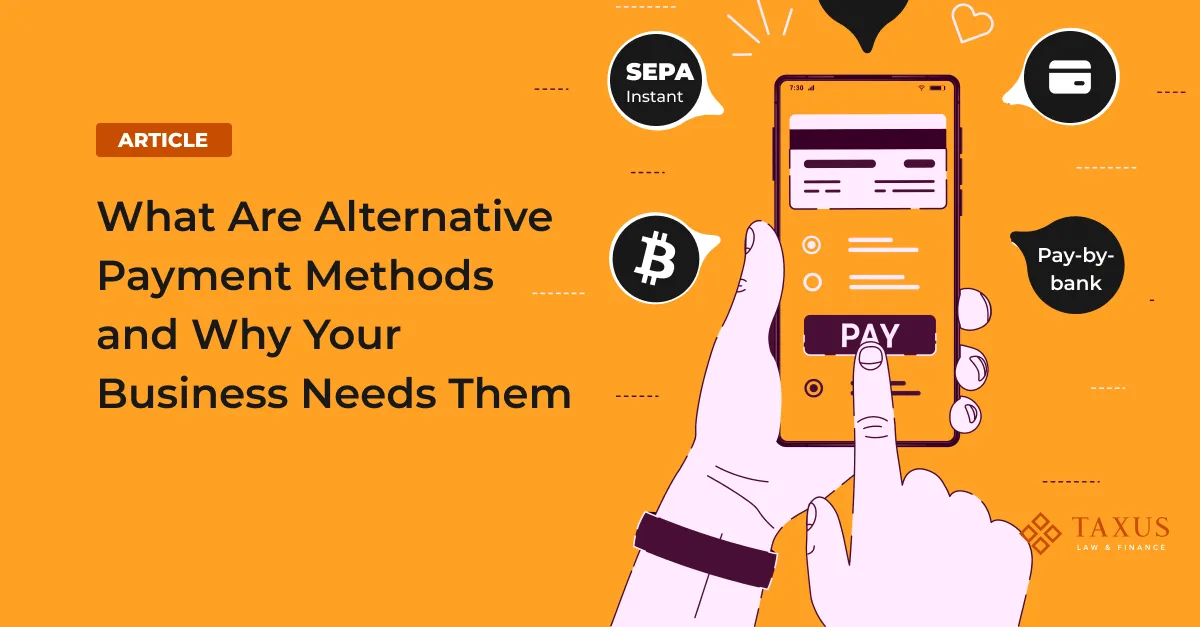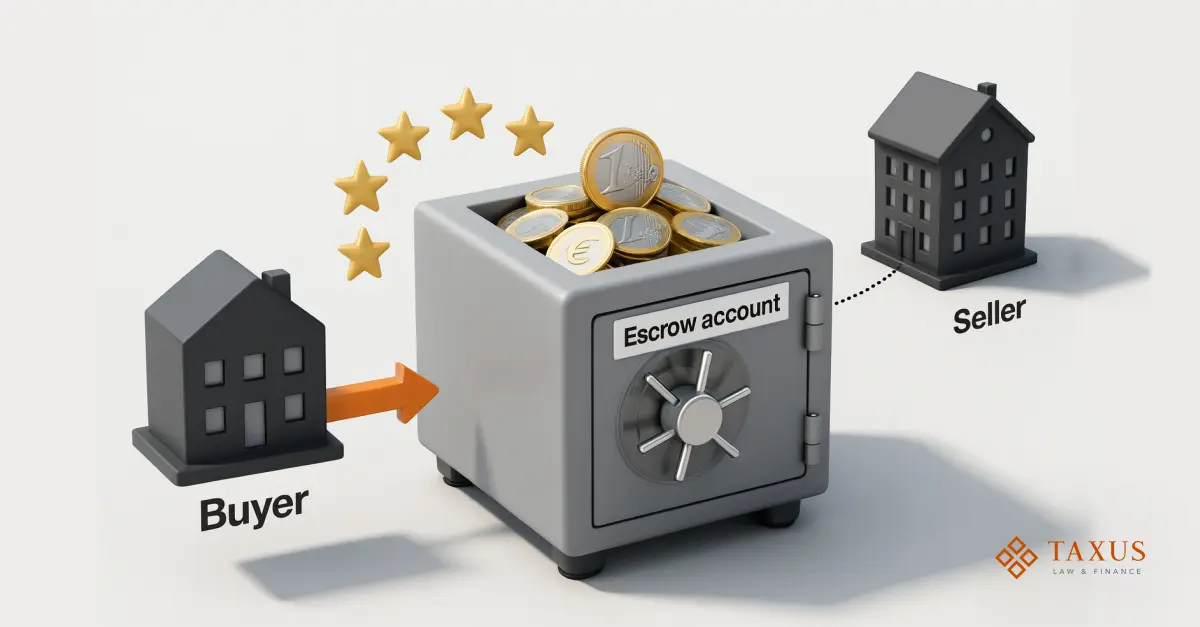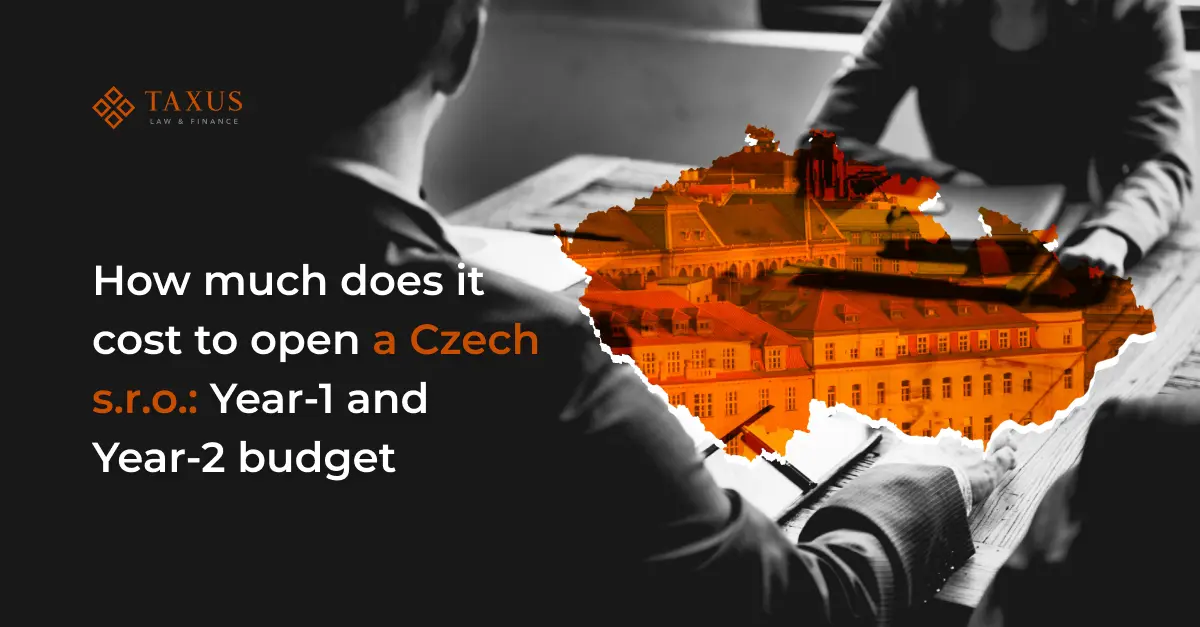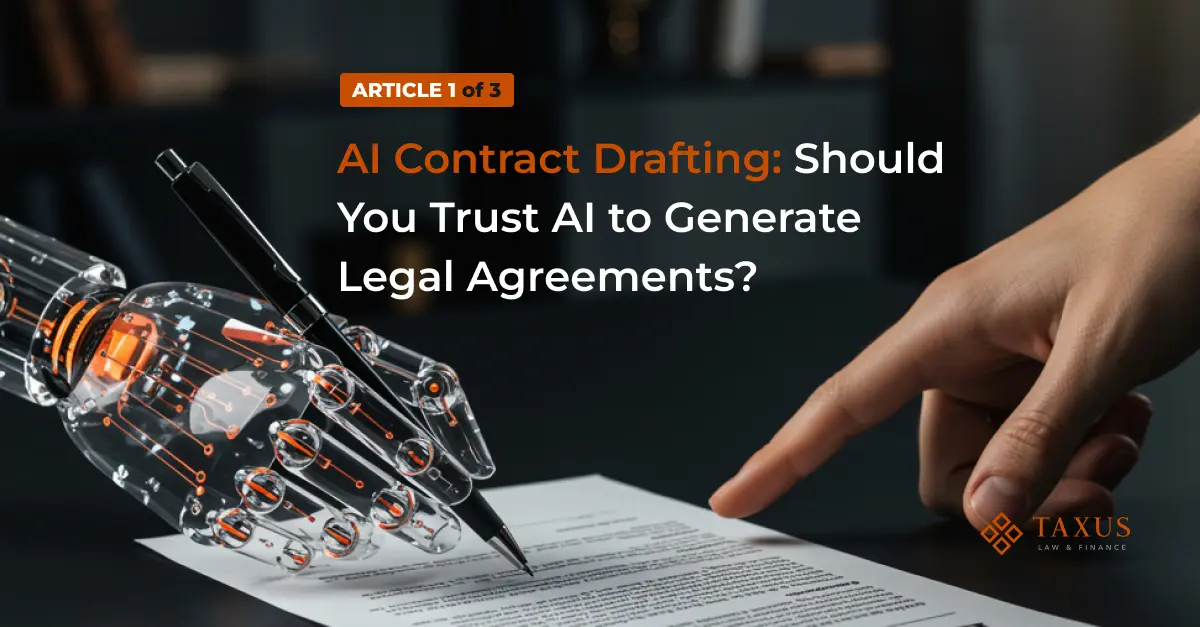What Are Alternative Payment Methods and Why Your Business Needs Them


Are you ready to lose customers because of a slow checkout process?
Imagine a customer adding a book to their cart, only to see “credit card” as the sole payment option. They start entering the card number, expiration date, CVV — it takes too long. The result? According to Visa (2025), 50% of customers abandon their cart due to complex payment steps.
Alternative payment methods (APMs) solve this problem by making checkout faster, safer, and smoother — with no need for a physical card or manual data entry.
In this article, we’ll explore what APMs are, how they boost conversions, reduce costs, and build customer trust. You’ll also learn how to integrate them effectively, avoid common mistakes, and stay compliant with PSD2.
What Are APMs?
Alternative payment methods (APMs) include all forms of payment that simplify and speed up the checkout process — often without a physical card or manual data entry.
Here are the main types:
- Digital wallets: Apple Pay, Google Pay, PayPal — one-tap or biometric payments with securely stored data.
- Pay-by-bank: Direct bank transfers through banking apps (e.g., iDEAL in the Netherlands).
- BNPL (Buy Now, Pay Later): Deferred or installment payments, such as Klarna.
- Instant payments: SEPA Instant for real-time bank-to-bank transfers.
- Local methods: Swish in Sweden, Faster Payments in the UK, eNets and GrabPay in Singapore.
Across the EU, APMs are no longer a trend — they’re the new standard. Consumers demand simplicity, speed, clarity, and safety, while businesses seek higher conversion rates and PSD2 compliance.
How Businesses Benefit from APMs — In Practice, Not Just in Theory
Did you know that 70% of European consumers prefer shopping with their favorite payment methods? (Deloitte, 2025)
Here’s how APMs help businesses in real terms:
Better Conversion, Fewer Abandoned Carts
When customers see a familiar payment option, they complete purchases faster.
For example, an online store in France added Apple Pay and Google Pay and saw a 15–20% increase in completed mobile purchases. It’s simply easier to “pay with phone” than to type in card details.
Lower Operational Costs
Traditional card payments often come with relatively high fees (1–3% from Visa, Mastercard, banks, and processors).
Using pay-by-bank or SEPA Instant can cut costs by 15–30%, especially for high transaction volumes.
Localization and Customer Trust
Each EU market has its own payment habits. Offering local options builds trust.
In the Netherlands, iDEAL is the norm; in Sweden — Swish; in the UK — Faster Payments. Providing familiar local APMs shows customers that you understand their market, and that builds loyalty.
New Monetization Channels (e.g., BNPL)
BNPL services like Klarna or Afterpay are not just about convenience — they can increase average order value.
Customers who can pay in installments are more likely to buy higher-priced items or add extra products.
Just make sure the terms are transparent — clear payment schedules and no hidden fees build trust and prevent confusion.
Comparison table APM
| Method | Advantages | Examples | Fees | Popularity in the EU | Risks / Limitations |
| Digital Wallets | Speed, convenience, biometrics | Apple Pay, Google Pay, PayPal | 1.5–3% | ~40% of online transactions | Limited B2B use, ecosystem dependence |
| A2A (Pay-by-bank) | Low cost, instant payments | iDEAL, Swish, Trustly | 0.2–0.5% | Popular in the Netherlands & Nordics | No chargebacks, not all banks supported |
| BNPL | Higher average order value | Klarna, Afterpay | 3–6% | ~15% e-commerce | Default risk, regulatory limits |
| Instant Payments (SEPA Instant) | Speed, transparency | SEPA Instant, TIPS | 0.1–0.3% | 60% of EU banks | Not all banks connected, transaction limits |
Quick APM Audit — in 30 Minutes
How to Integrate APMs Without Mistakes
To integrate APM effectively, follow this checklist:
- Analyze Your Audience and Market
Research who your customers are, where they’re located, and which payment methods they prefer. Even within the EU, habits differ — France ≠ Poland ≠ Germany.
For instance, if you have many Spanish customers, consider Bizum. If you attract users from India, look at UPI or Paytm. Local trust often depends on familiar banks and wallets.
- Technical Integration
Integration is simpler when using a provider that supports “payment orchestration” (e.g., Stripe, Adyen), letting you connect multiple methods through one API — especially when ownership of the stack is handled by a dedicated payment manager who aligns business, tech, and compliance goals.
Still, there are nuances:
- latency (some methods require redirects or manual verification),
- UX (whether checkout is embedded or opens externally),
- display differences between mobile and desktop.
- Security, Risk, and Legal Compliance
APMs introduce new data touchpoints — security is key.
- Tokenization & encryption safeguard sensitive data.
- PSD2 Strong Customer Authentication (SCA): two-factor authentication (e.g., biometrics for Apple Pay).
- GDPR: transparent data processing and encryption.
- AML/KYC: required for BNPL to prevent fines (up to €200,000 per FCA case).
- AI-based fraud protection: systems like Visa’s detect fraud in real time, cutting risks by 20%.
Proper safeguarding is not just a regulatory requirement but a trust factor for clients. Learn more about how safeguarding frameworks protect client funds in our article “Safeguarding Accounts: Your Key to Financial Security in 2025”
Real EU Examples
Here are some examples that illustrate how businesses are already using APM in Europe:
Example 1.
A Dutch online retailer added iDEAL and SEPA Instant, boosting mobile orders as users could pay directly from their bank apps — smoother UX, no cards needed.
Example 2.
A clothing marketplace operating across the EU integrated Klarna (BNPL) and Google Pay / Apple Pay, increasing the average order value by 12% and reducing returns thanks to stronger customer trust.
Example 3.
A fintech startup offering digital subscriptions implemented open banking payments. Users could confirm payments through their banking app, cutting errors and improving retention.
The Future of APMs: 2025 Trends
The European payments landscape is moving toward maximum simplicity, speed, and integration.
Here are the main trends shaping 2025:
- Instant payments becoming the default standard (SEPA Instant and similar).
- Embedded finance: financial tools built directly into platforms (e.g., buy-now-pay-later or subscription options inside apps).
- AI-driven fraud prevention using behavioral analysis to detect risks before they happen.
- EU-wide payment ecosystem with harmonized standards reducing technical and regulatory barriers across borders.
Final Thoughts
The goal isn’t just to “add something new” — it’s to choose payment methods that truly make an impact: for your customers, for your operations, and for your brand.
In 2025, businesses that offer fast, localized checkout experiences will have a clear competitive edge.
Don’t lose customers because of an outdated payment process!

Orchestrate Payments the Smart Way

Looking for a reliable payment processing system?
Order selection of a payment solution.









